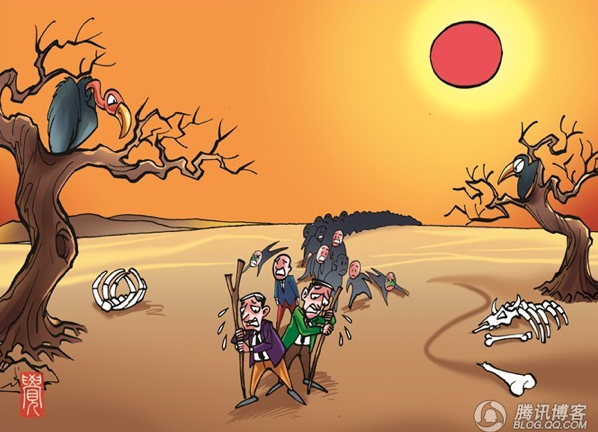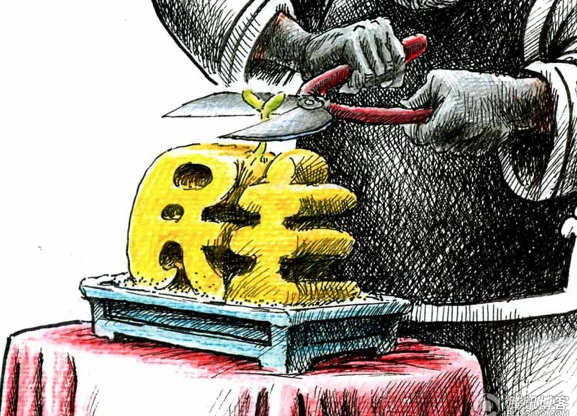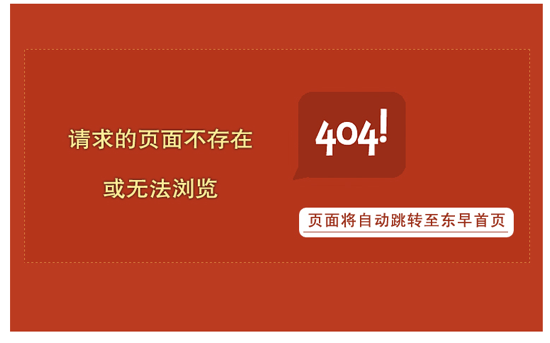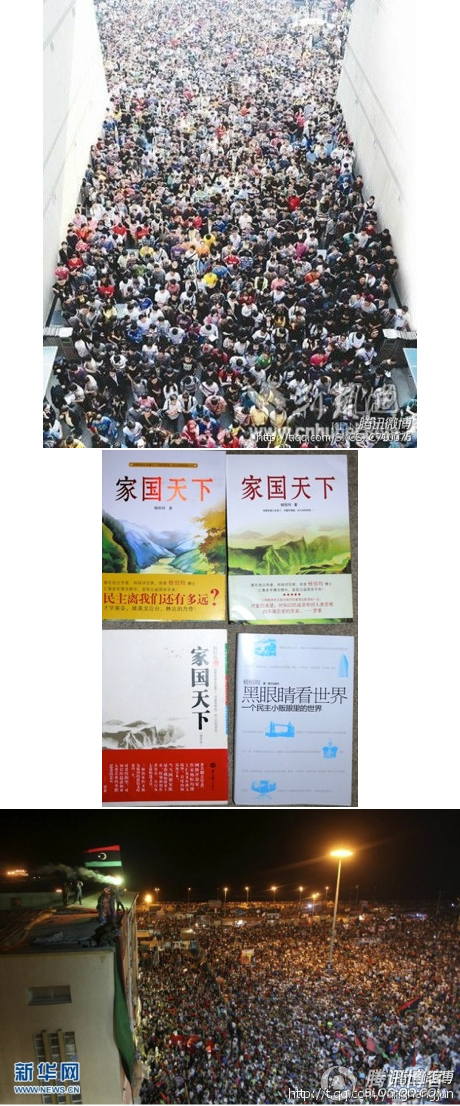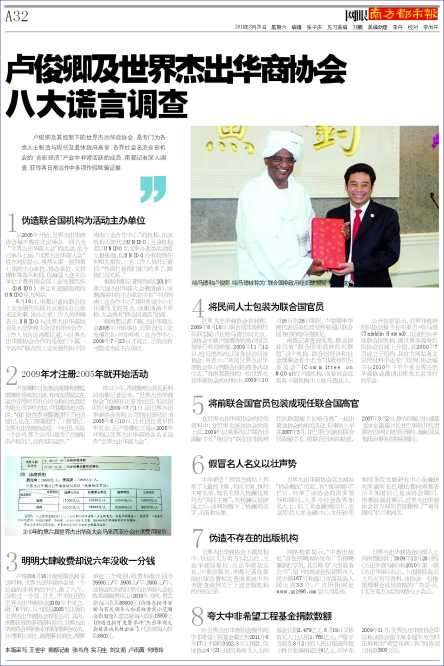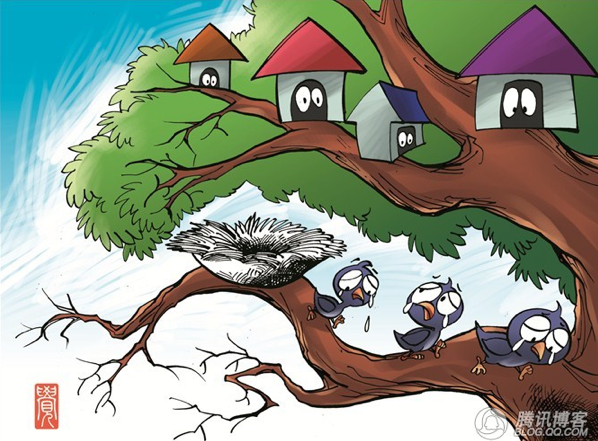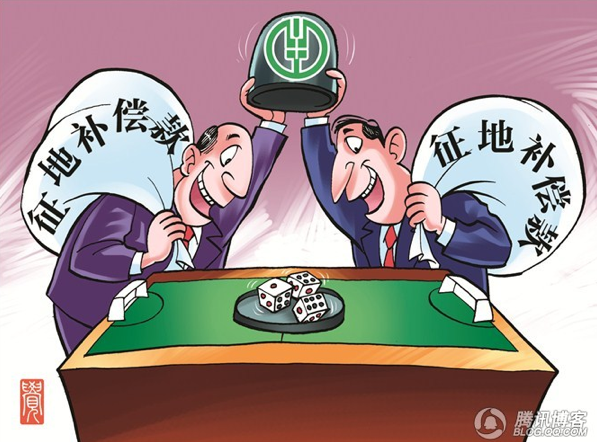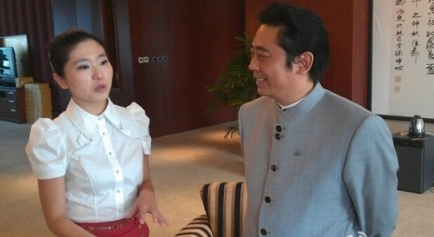“Media Expose Eight Lies of Lu Junqing and the World Eminent Chinese Business Association (WECBA)”
August 20, 2011
Lu Junqing (卢俊卿) and the World Eminent Chinese Business Association that he controls is a very active member of the “group photo industry” (合影经济). This industry is dedicated to creating oppurtunities for people to take pictures with senior officials, both incumbent and retired. Reporters from Southern Metropolis Daily carried out an investigation and discovered much evidence of fraudulent practices in [the association’s] everyday operations.
1. Falsely claiming the United Nations as an event sponsor
Beginning in 2005, the World Eminent Chinese Business Association starting holding an annual event in Beijing called the “World Eminent Chinese Business Conference” (世界杰出华商大会), and to date seven such events have been held. According to the official website of the World Eminent Chinese Business Association, although the seven conferences have had various event sponsors, event partners and media sponsors, every conference had among its sponsors the United Nations Industrial Development Organization (UNIDO), and the [WECBA] website linked to the official website of UNIDO.
On August 19, Southern Metropolis Daily reached the Beijing office of UNIDO about this matter, and an office employee clearly said that UNIDO has no relationship whatsoever to the World Eminent Chinese Business Association. The employee told the Southern Metropolis Daily reporter that the organization the WECBA cooperated with was a subordinate organization called the “United Nations Industrial Development Organization China Nannan Industrial Cooperation Center” (联合国工业发展组织中国南南工业合作中心), but this organization cannot represent UNIDO. Moreover, if this organization did hold this kind of event in UNIDO’s name, it was required to first obtain approval, but UNIDO never received any such report . . .
According to an “Invitation to the Sixth Annual World Eminent Business Conference 2010” (2010年第六届杰出华商大会邀请函), the sponsoring organization [of the event] was the “China Nannan Industrial Cooperation Center”, and [the invitation] included the name of the center’s director, Tan Weiwen (谭伟文). The invitation claimed that the conference was attended by “high-level United Nations officials.”
According to the reporter’s understanding, the World Eminent Chinese Business Conference was first held in 2005, but the “United Nations Industrial Development Organization China Nannan Industrial Cooperation Center” was not founded until July 23, 2008, so that it would have been impossible for it to have been a sponsoring organization [for the event].
2. Registering only in 2009, but beginning its activities in 2005
Lu Junqing yesterday had a discussion on Sina Microblog and Sohu Microblog with web users. One web user questioned why the full company name [of the WECBA] was not used in promotional materials and operations, but rather the words “company limited” were intentionally removed. Lu Junqing answered: “We already registered with the Hong Kong Police as an association, and also registered commercially with the Commercial Bureau (工商署). The World Eminent Chinese Business Association is an association, it is not a business. That company is only in order to seize intellectual property rights, and doesn’t actually have any operations.”
Yesterday afternoon, the public relations office of the Hong Kong Police confirmed to the Southern Metropolis Daily reporter that the “World Eminent Chinese Business Association” has been registered as an association, but the registration dates to July 1, 2009. But the World Eminent Chinese Business Association Company Limited was registered [as a corporation] on June 10, 2005, four years before the registration as an association. Moreover, Lu Junqing formally began hosting the “World Eminent Chinese Business Conference” through the World Eminent Chinese Business Association in 2005.
3. Fees were clearly wantonly collected, but [Lu Junqing] says they never accepted any money
In an interview with QQ.com on August 18, Lu Junqing said that the World Eminent Chinese Business Association is a non-profit platform for the public benefit, and that in six years of operation they have never accepted any money. First of all, the World Eminent Chinese Business Association was not created as an association until 2009, and the six years of operation can only refer to the World Eminent Chinese Business Association Company Limited registered in 2005. On this question, Southern Metropolis Daily obtained a number of documents that show that the World Eminent Chinese Business Association openly advertised a price tag in order to recruit board members, including three categories, (分理事长单位), (副理事长单位) and (理事单位), with fees of 39,900 yuan, 9,900 yuan and 3,900 yuan per year respectively. The World Eminent Chinese Business Conference organized by this association also accepted high fees, which in 2010 for example were 88,000 yuan for VIPs (with treatment including the organization of meetings with leaders and the taking of photos with small groups of other VIPs), 18,800 yuan for distinguished guests (with treatment including free participation in evaluating and selecting “World Eminent Chinese Business Conference Strong Growth Enterprises”), and 8,800 yuan for regular delegate seats.
4. Presenting activists as officials from the United Nations
The official website of the World Eminent Chinese Business Association says that on August 18, 2009, the secretary of the “United Nations Federation of Non-Governmental Organizations”, Hamad (哈马德), visited Beijing, and that the association’s chairman, Lu Junqing, held a welcome banquet at the Diaoyutai State Guesthouse. On November 12, 2009, Hamad once again in the same capacity visited the association and said: “I welcome the World Eminent Chinese Business Association to participate in the commercial activities of the United Nations.” According to a copy of World Eminent Chinese Business Association materials obtained by Southern Metropolis Daily, between October 16 and October 26, 2009, Lu Junqing once again received a meeting with “United Nations Federation of Non-Governmental Organizations” secretary Hamad while visiting the United States as a Chinese business representative.
The Southern Metropolis Daily has learned that there is no such organization as the “United Nations Federation of Non-Governmental Organizations” at the United Nations. The UN Department of Economic and Social Affairs has a branch called the Committee on NGOs, and this committee confirmed that they have no such person as Hamad.
Openly available information shows that the secretary general of the World Association of Non-Governmental Organizations (WANGO) is one Tajeldin Hamad, but this organization is not associated with the United Nations. According to WANGO’s official website, the organization was formed in July 2000 in New York. The English materials on the website make special mention that the organization’s secretary general was invited in the second half of 2010 to attend an annual meeting in Beijing hosted by the World Eminent Chinese Business Association.
5. Former high-level United Nations officials are presented as current high-level United Nations officials
In World Eminent Chinese Business Association materials, Ibrahim Gambari has also been a guest of the association, attending along with “United Nations Federation of Non-Governmental Organizations Secretary General Hamad” numerous events related to the association in the capacity of “deputy secretary-general of the United Nations.” But in fact Gambari relinquished his office as deputy secretary-general of the United Nations in March 2007. According to the United Nations website, on March 2, 2007, United Nations Secretary General Ban Ki Moon appointed Gambari to the position of special adviser on the International Compact for Iraq . . .
6. Passing off personalities as associates
The official website of China-Africa Project Hope lists out many chairmen, co-chairmen and presiding chairmen, and the famous [television] host Yang Lan (杨澜) is listed as a chairman — after Yang Lan repeatedly denied these rumors [listed on the site] the site deleted Yang Lan’s name, title and headshot.
In the “General Introduction” on their official website, the World Eminent Chinese Business Association has a “leaders and advisors” section that lists out many leaders and advisors of the association, most well-known people from various walks of society. But of the three economic advisors listed, Beijing Normal University Finance Center Director Zhong Wei (钟伟) and Ba Shusong (巴曙松), head of the Finance Research Institute of the State Council’s Development Research Center, told Southern Metropolis Daily they had no idea they were listed as advisors of the association.
After Southern Metropolis Daily revealed this, the World Eminent Chinese Business Association deleted the entire “leaders and advisors” section from its website.
7. Falsely creating publishing organizations that don’t exist
Listed among the subordinate bodies of the World Eminent Chinese Business Association are the Buyers and Sellers magazine publishing house, the World Eminent Chinese Business Press, and the Zhongxin Press, but no records of any of these publishing organizations could be found in the public database of the General Administration of Press and Publications.
According to Internet searches, the “Zhongxin Press” previously posted an online job advertisement looking for a typist and identifying the employer as a “large-scale commercial enterprise,” leaving as addresses 167 People’s Road Central in Kunming and No. 33 People’s Avenue on Haidiandao, Haikou . . .
An insider at the World Eminent Chinese Business Association provided Southern Metropolis Daily with a December 28, 2009, edition of the World Eminent Business Herald and the first 2010 edition of World Eminent Business magazine. Publishing license numbers were shown on neither of the above publications. An advertisement about board membership in the association says that Buyer and Seller is actually an online magazine [of the association].
8. Exaggeration of the amount donated for the China-Africa Project Hope
As of August 17, 2011, the China-Africa Project Hope charity administered by the World Eminent Chinese Business Association had accepted 31.02 million yuan in donations. But this association declared on April 21 that people had donated 247.9 million yuan, and on June 19 it again said people had donated 176 million yuan. Lu Xingyu (卢星宇) [Lu Junqing’s daughter] said in the overseas edition of People’s Daily that initial donations totaled 400 million yuan. But in November 2009 the World Eminent Chinese Business Association said that the association’s deputy chairman Li Jianhua (李建华), had donated 30 million yuan to a project that at the time was called the “Hope Africa Project” (希望非洲工程).
